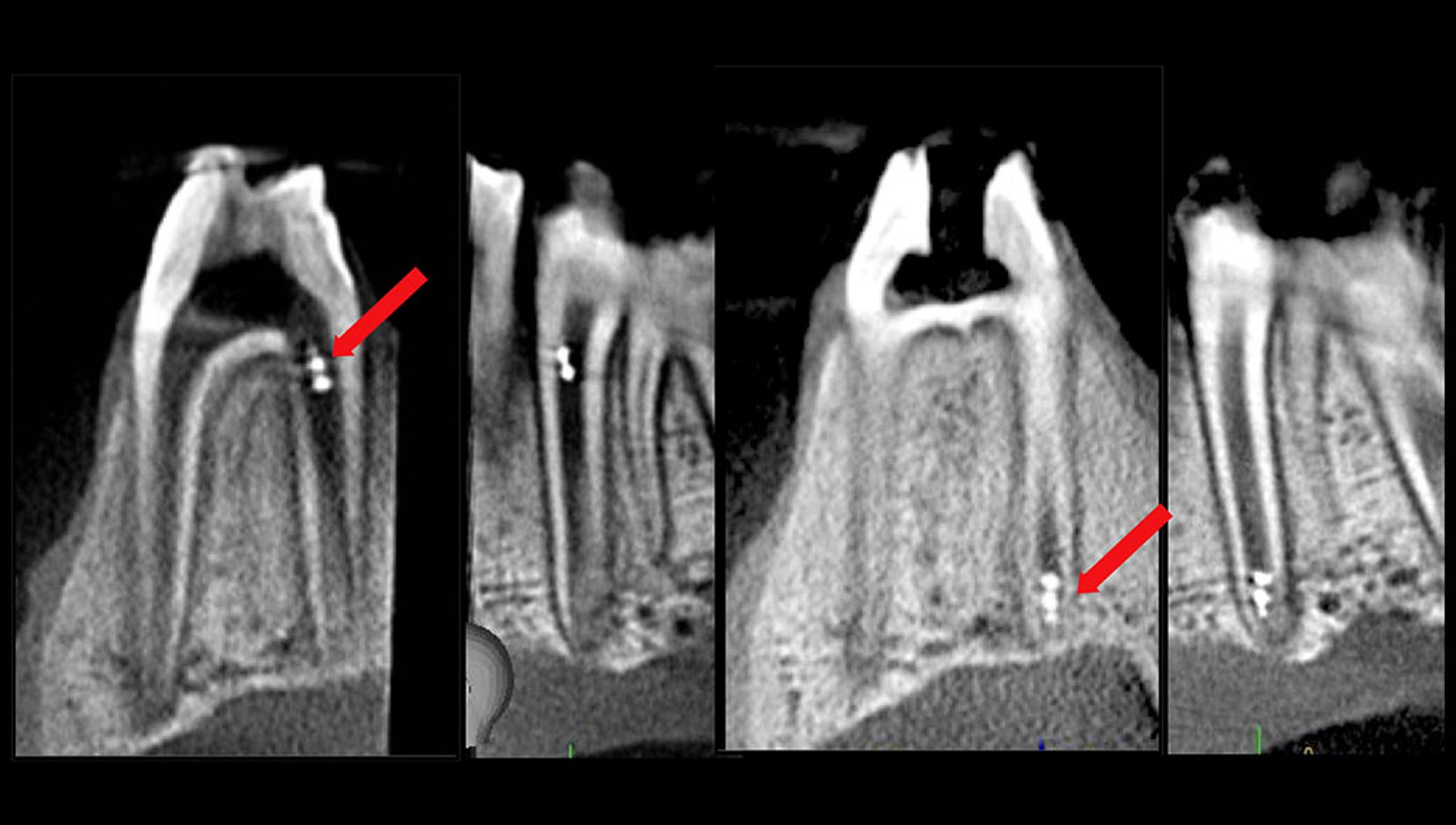Penn Dental Medicine Study Examines Microrobotics in Endo
Microrobotics studied at Penn Dental have the ability to disrupt biofilm on root canal surfaces as well as move inside the root canal to disperse bioactives.
Penn Dental Medicine Study Examines Microrobotics in Endo

Researchers from Penn Dental Medicine and its Center for Innovation and Precision Dentistry (CiPD) have released a study that examines the use of microrobots in endodontic treatment. During the root canal, these microrobots can reach the root canal’s surface to treat biofilm or receive samples for diagnostics.
Microrobotics are comprised of iron oxide nanoparticles that contain catalytic and magnetic activity. The magnetic field controls an aggregated microswarm that disrupts and retrieves biofilm on the surface of the root canal. The study also examined helix-shaped microrobots that were magnetically guided inside the root canal to dole out bioactives released on site.
“This technology offers the potential to advance clinical care on a variety of levels,” Co-corresponsding author Dr Michel Koo said in a press release from Penn Dental. “One important aspect is the ability to have diagnostic as well as therapeutic applications. In the microswarm platform, we can not only remove the biofilm, but also retrieve it, enabling us to identify what microorganisms caused the infection. In addition, the ability to conform to the narrow and difficult-to-reach spaces within the root canal allows for a more effective disinfection in comparison to the files and instrumentation techniques presently used.”
This study was done using 3D printed tooth replicas and mixed species biofilm containing endodontic bacteria. Microrobots were tracked in real time using an intraoral scanner, an X-ray, and cone beam computed tomography. This allowed for a visible maneuverability, according to Chair of Penn Dental Medicine’s Department of Endodontics, Dr Bekir Karabucak.
“Importantly, we demonstrated in an ex vivo model that the robots could be controlled by the magnetic field without interrupted by the soft and hard tissue surrounding the tissue,” Dr Karabucak said in the press release. “In addition, they showed tremendous maneuverability from the top to the bottom of the canal.”
These microrobotics could have a variety of uses in home care and other modalities, according to Dr Koo.
“From disinfecting medical devices like catheters to ensuring clean water lines, this technology holds the potential to transform areas far beyond dental medicine.” Dr Koo said.